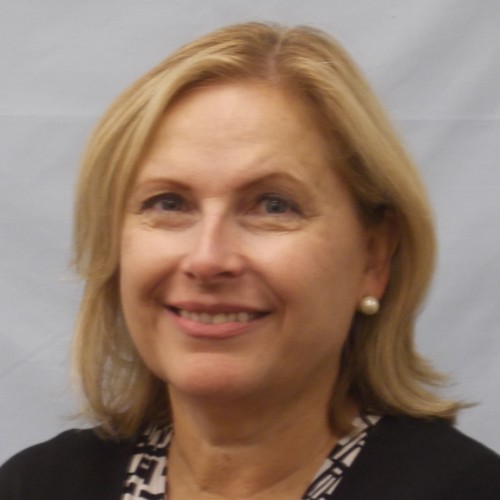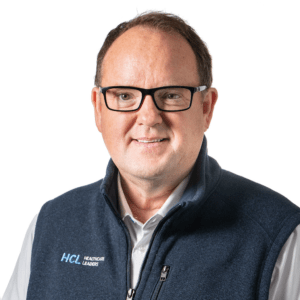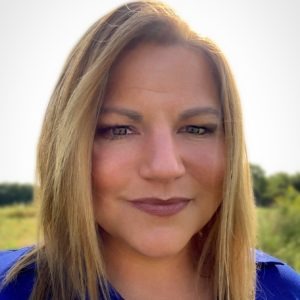A provider’s journey to adopt HIT
When John Derr joined Golden Living in 2007 as its new chief technology strategic officer, the seasoned LTC executive was determined to bring the large skilled nursing company up to speed from an information technology (IT) standpoint.“My vision was a healthcare system that uses information to empower individuals and improve their health,” says Derr. “This mission isn’t episodic care but longitudinal, person-centric care. We’re aiming for the transformation of a static, reactive healthcare system to a dynamic, proactive, wellness-based system.”
Derr had his work cut out for him. Golden Living, headquartered in Plano, Texas, has more than 42,000 employees who serve 60,000 patients a day at its 300 LivingCenters (SNFs) in 21 states and network of related healthcare services including assisted living, rehabilitation, home care and hospice.
But Derr also had the credibility and experience to take on the challenge. In 2009, the former American Health Care Association executive was appointed by the Department of Health and Human Services to the Health Information Technology (HIT) Standards Committee, which was charged with making recommendations on standards, implementation specifications and certification criteria for the electronic exchange and use of health information.
Technology as an enabler to deliver care more efficiently:
Source: Golden Living |
Derr was therefore all too familiar with the government’s mandate for acute care providers to implement electronic health records by 2015. And he wasn’t going to wait for incentives that weren’t available to LTC providers “because it’s the best thing to do for our residents now,” says Derr.
However, Derr and his team faced some daunting challenges at Golden Living. “A lot of our software was out of date, behind in version upgrades with more than 100—many proprietary—applications,” says Derr. “IT was a slave to operations and clinical and compliance requests. We needed to transform our IT department into a health information technology department.
“It took three years for Golden Living to approve the plan,” continues Derr. “It was a major financial decision. It wasn’t just a product but a whole change of workflow and how we treat business intelligence.”
At Golden Living, Brad Savage, SVP and chief information officer, and Andi Clark, RN and SVP of clinical services, partnered with Derr and their vendor to transition the company’s large number of loosely connected systems into a single unified business intelligence platform (BIP).
The platform provides a combination of business and clinical intelligence that shows trending, actions on incidents and health and wellness activity. This month, that platform will have been operational for a full year after months of pilot implementation at five LivingCenter sites and extensive staff training.
It was a collaborative approach, states Savage, with the clinical services team an integral part of the planning process. “We took a big investment in technology and rather than focus on financial outcomes, we partnered with the nursing staff in a way that hadn’t been done before,” says Savage.
For example, “The clinical team said, ‘If I can have this piece of information it would show a better picture of the resident.’ They wrote their needs into the business rules and we figured out the back-end data to serve their needs,” says Savage. “It’s about trying to liberate the data—to get it out of the paper-based charts to make it usable.”
In an increasingly complex healthcare environment with SNFs serving residents with higher acuities, Savage asserts that an integrated platform “makes it easier for staff to make decisions, reduces the time required to access information and presents alerts at the right time.”
THE CLINICAL CARE PERSPECTIVE
Transitioning from a paper-based workflow to an electronic system involved offering a value proposition not only to Golden Living’s owners but to the 8,000 nurses who would be tasked with working with it on a daily basis. There were hurdles along the way, including the buy-in process from staff who weren’t tech-savvy. It wasn’t done without some “kicking and screaming,” recalls Clark.
“As nurses, we love our charts and paper,” she laughs. “But now we can access all this rich data. The nurses are 100 percent on board. We provided 47-inch monitors to the DONs so that the interdisciplinary team can sit together and observe changing conditions.”
The “Morning Clinical Startup” at Golden Living serves as the critical workflow for the new platform. This daily meeting—where facility nurses confer with the DON for the 24-hour look-back—is the most important daily task across the company, and previously required time-consuming manual processes, mounds of paperwork and complex spreadsheets with the endless data that impacts documentation, notification and resident care.
Now, disparate data from multiple silos (34 different systems that track everything from medications and diet to wound care and activities of daily living) is available within one platform. Aggregating data allows the following benefits, according to Savage: flexibility (combine/reuse data as needed); the ability to easily explore data; the ability to share with other team members; simplified new workflows to address issues; and monitoring and surveillance of change and performance.
And the new capabilities “allow us to step in quickly and treat quickly and avoid unnecessary hospitalizations,” says Clark.
Information on a resident’s status is entered into facility kiosks by clinicians and then transfers to the platform approximately every half hour for a “near real-time data intelligence,” says Savage, which “lets us understand the full scope of a patient’s status.”
“We’re hoping in the next year to have a solid base of metrics,” reports Clark. “We’re working hard to reduce rehospitalizations through alerts in the clinical care process. At the end of the day it’s about the outcomes for our patients.”
The BIP has saved an estimated 3,000-plus hours a day on organization-wide paperwork. It has reduced readmissions through new alerting capabilities and brought back the “old-fashioned” walk-the-hall morning routine. “Our goal is to reduce the 30 percent of the time each day nurses spend looking for data to less than 10 percent so they can spend more time at the bedside,” said Neil Kurtz, MD, president and CEO of Golden Living, in a statement.
There also are benefits in terms of referral generation, says Clark. And, “this is a huge recruitment and retaining tool for us, especially for younger nurses who aren’t inclined to come into our market,” she says.
Across the Golden Living enterprise, access to the platform follows a password protected protocol and the breadth and transparency of information available depends on an employee’s scope of responsibility. For example, a DON may have access to all the information related to residents in his or her particular facility while a director of operations is able to access information across several facilities.
While Golden Living, a privately held company, didn’t offer numbers, Savage reports the capital investment in this new platform was substantial and the company is looking at a five-year “hard” return on its investment in hardware and software.
The “soft” ROI is not as easy to quantify, says Derr. For example, one can’t measure the prevention of a happening—which is a key function of the system—as opposed to an episode, which can be quantified easily. And how do you measure the exchange of nursing hours spent on paperwork for hands-on nursing care? Or measure the revenues generated by extending the length of stay in a company facility because new alerts and controls help manage residents’ changes of condition and prevent hospitalization?
LOOKING AHEAD
Savage says Golden Living’s new vision going forward is to build out a family portal that provides a resident’s loved ones an online tool to view a resident’s care plan and current condition in a password-protected application. For example, instead of a son spending the first 20 minutes of his facility visit at the nurses’ station inquiring about Dad’s meds, diet, weight and ADLs, he could remotely log in to the Golden Living portal at any time of day and from any location to monitor those (yet to be determined) assessments. “We have the components to build it out,” says Savage. “We need to figure out the best way to present it in a non-confusing, meaningful way.”
LESSONS FOR THE SMALL PROVIDER
While small or single-facility LTC providers likely don’t have the resources to invest in a sophisticated technology platform like Golden Living’s let alone have an IT professional on staff, there are things they can do to maximize their technological capabilities, says Derr.
“If you have a technical [inclined] person, establish someone on your team so that clinical and technical are in harmony and not competitive,” says Derr. “Mom and pops need to talk to their vendors to become strategic partners. It’s not just, ‘I want a module,’ but, ‘how can you help me get interconnectivity with a hospital to keep referrals or to prevent rehospitalizations?’ People might not talk to their vendors for years. Someone puts in a good IT system and they don’t keep it up to date as they’re too busy and always reacting to new regulations.”
Ultimately, it’s about using the best informational and technological tools available given an organization’s size, structure and resources—always keeping in mind that crucial commitment to offering the best resident-centered care possible, says Derr.

Patricia Sheehan was Editor in Chief of I Advance Senior Care / Long Term Living from 2010-2013. She is now manager, communications at Nestlé USA.
Related Articles
Topics: Articles , Facility management , Technology & IT











